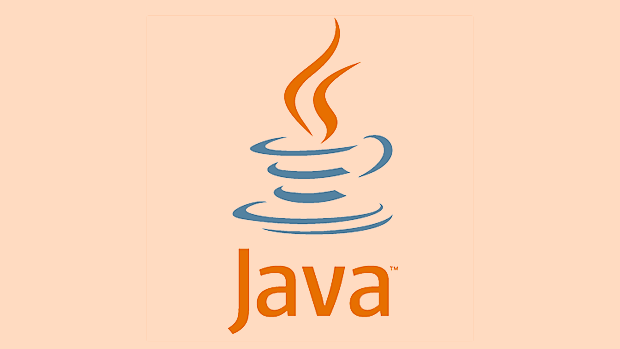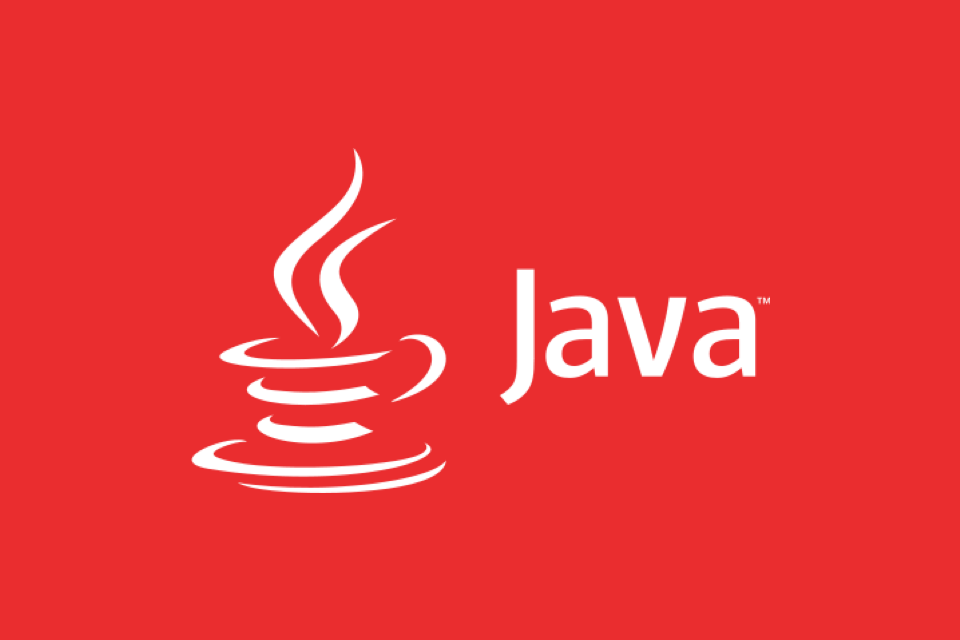How to create a serverless application with AWS Lambda and Java?
Jul 15, 2025 am 03:17 AMThe key to building serverless applications with AWS Lambda and Java is to write standard Java classes and package them as JAR files to upload, while paying attention to cold-start optimization. 1. Prepare JDK 8 or 11, Maven, AWS CLI and IDE, and introduce Lambda core dependencies; 2. Write classes that implement the RequestHandler interface or define entry methods using POJO input and output methods; 3. Package them into fat jars using the Maven plug-in and deploy them through the console or AWS CLI; 4. Use lambda-local or unit test local debugging, and combine CloudWatch and X-Ray to monitor logs and performance after they are launched, and ensure that the IAM permissions are configured correctly.

Of course, here is a practical guide to building serverless applications based on AWS Lambda and Java, suitable for those who are just getting started or want to get started quickly.

Let’s talk about the key points first: the key points of Lambda Java
Writing an AWS Lambda application in Java is essentially writing a normal Java class, and then packaging it into a JAR file and uploading it. AWS will automatically run your code and you don't need to manage the server. But it should be noted that Java cold starts on Lambda a little longer, so it is more critical to optimize the deployment package size and use reserved concurrency rationally.
1. Prepare for the development environment
To start development, you need to prepare the following tools:

- JDK 8 or 11 (Lambda supports these versions)
- Maven or Gradle (recommended Maven, rich community plug-ins)
- AWS CLI (used to deploy and test functions)
- IDE (such as IntelliJ IDEA or Eclipse)
When creating a Maven project, remember to introduce the core dependencies of AWS Lambda, such as:
<dependency>
<groupId>com.amazonaws</groupId>
<artifactId>aws-lambda-java-core</artifactId>
<version>1.2.1</version>
</dependency> If you want to use logs or test frameworks, you can also add aws-lambda-java-log4j2 or aws-lambda-java-tests .

2. Write Lambda function class
Lambda requires you to implement a class with an entry method. You can choose from two options:
- Implement the
RequestHandlerinterface - Using POJO input and output method (more flexible)
To give a simple example:
public class HelloLambda implements RequestHandler<Map<String, String>, String> {
@Override
public String handleRequest(Map<String, String> input, Context context) {
return "Hello, " input.get("name");
}
} This function receives a JSON object containing the "name" key and returns a greeting.
A few points to note:
- The method signature should match the input and output type expected by Lambda
- POJO can be used instead of Map to improve readability
- The Context parameter provides runtime information, such as remaining time, log stream, etc.
3. Package and deploy to AWS
After development is completed, you need to use Maven to type the project into a fat jar (including all dependencies), which can be completed using maven-shade-plugin plugin.
There are two ways to deploy:
- Upload JAR files using the AWS console
- Using the AWS CLI Command Line Tool (recommended)
CLI example:
aws lambda create-function \ --function-name HelloLambda \ --runtime java11 \ --role arn:aws:iam::YOUR_ACCOUNT_ID:role/your-lambda-role \ --handler com.example.HelloLambda \ --zip-file fileb://target/your-project.jar
Update function can be used with update-function-code .
4. Testing and debugging skills
Testing local Java Lambda functions is simple:
- Simulate run using
lambda-localtool - Or write unit tests in the IDE to call the handler method
Recommended after going online:
- Enable CloudWatch Logs to view logs
- Set appropriate memory and timeout time
- Use X-Ray for performance tracking (especially cold start-sensitive applications)
Don't forget to assign the appropriate IAM role permissions to Lambda, otherwise it may not be able to access services such as S3, DynamoDB.
Basically that's it. Java writing Lambda is not complicated, but details are easy to ignore, such as dependency conflicts, JVM parameter settings, deployment package structure, etc. Just take it step by step and you can run quickly.
The above is the detailed content of How to create a serverless application with AWS Lambda and Java?. For more information, please follow other related articles on the PHP Chinese website!

Hot AI Tools

Undress AI Tool
Undress images for free

Undresser.AI Undress
AI-powered app for creating realistic nude photos

AI Clothes Remover
Online AI tool for removing clothes from photos.

Clothoff.io
AI clothes remover

Video Face Swap
Swap faces in any video effortlessly with our completely free AI face swap tool!

Hot Article

Hot Tools

Notepad++7.3.1
Easy-to-use and free code editor

SublimeText3 Chinese version
Chinese version, very easy to use

Zend Studio 13.0.1
Powerful PHP integrated development environment

Dreamweaver CS6
Visual web development tools

SublimeText3 Mac version
God-level code editing software (SublimeText3)

Hot Topics
 Difference between HashMap and Hashtable?
Jun 24, 2025 pm 09:41 PM
Difference between HashMap and Hashtable?
Jun 24, 2025 pm 09:41 PM
The difference between HashMap and Hashtable is mainly reflected in thread safety, null value support and performance. 1. In terms of thread safety, Hashtable is thread-safe, and its methods are mostly synchronous methods, while HashMap does not perform synchronization processing, which is not thread-safe; 2. In terms of null value support, HashMap allows one null key and multiple null values, while Hashtable does not allow null keys or values, otherwise a NullPointerException will be thrown; 3. In terms of performance, HashMap is more efficient because there is no synchronization mechanism, and Hashtable has a low locking performance for each operation. It is recommended to use ConcurrentHashMap instead.
 Why do we need wrapper classes?
Jun 28, 2025 am 01:01 AM
Why do we need wrapper classes?
Jun 28, 2025 am 01:01 AM
Java uses wrapper classes because basic data types cannot directly participate in object-oriented operations, and object forms are often required in actual needs; 1. Collection classes can only store objects, such as Lists use automatic boxing to store numerical values; 2. Generics do not support basic types, and packaging classes must be used as type parameters; 3. Packaging classes can represent null values ??to distinguish unset or missing data; 4. Packaging classes provide practical methods such as string conversion to facilitate data parsing and processing, so in scenarios where these characteristics are needed, packaging classes are indispensable.
 What are static methods in interfaces?
Jun 24, 2025 pm 10:57 PM
What are static methods in interfaces?
Jun 24, 2025 pm 10:57 PM
StaticmethodsininterfaceswereintroducedinJava8toallowutilityfunctionswithintheinterfaceitself.BeforeJava8,suchfunctionsrequiredseparatehelperclasses,leadingtodisorganizedcode.Now,staticmethodsprovidethreekeybenefits:1)theyenableutilitymethodsdirectly
 How does JIT compiler optimize code?
Jun 24, 2025 pm 10:45 PM
How does JIT compiler optimize code?
Jun 24, 2025 pm 10:45 PM
The JIT compiler optimizes code through four methods: method inline, hot spot detection and compilation, type speculation and devirtualization, and redundant operation elimination. 1. Method inline reduces call overhead and inserts frequently called small methods directly into the call; 2. Hot spot detection and high-frequency code execution and centrally optimize it to save resources; 3. Type speculation collects runtime type information to achieve devirtualization calls, improving efficiency; 4. Redundant operations eliminate useless calculations and inspections based on operational data deletion, enhancing performance.
 What is an instance initializer block?
Jun 25, 2025 pm 12:21 PM
What is an instance initializer block?
Jun 25, 2025 pm 12:21 PM
Instance initialization blocks are used in Java to run initialization logic when creating objects, which are executed before the constructor. It is suitable for scenarios where multiple constructors share initialization code, complex field initialization, or anonymous class initialization scenarios. Unlike static initialization blocks, it is executed every time it is instantiated, while static initialization blocks only run once when the class is loaded.
 What is the `final` keyword for variables?
Jun 24, 2025 pm 07:29 PM
What is the `final` keyword for variables?
Jun 24, 2025 pm 07:29 PM
InJava,thefinalkeywordpreventsavariable’svaluefrombeingchangedafterassignment,butitsbehaviordiffersforprimitivesandobjectreferences.Forprimitivevariables,finalmakesthevalueconstant,asinfinalintMAX_SPEED=100;wherereassignmentcausesanerror.Forobjectref
 What is the Factory pattern?
Jun 24, 2025 pm 11:29 PM
What is the Factory pattern?
Jun 24, 2025 pm 11:29 PM
Factory mode is used to encapsulate object creation logic, making the code more flexible, easy to maintain, and loosely coupled. The core answer is: by centrally managing object creation logic, hiding implementation details, and supporting the creation of multiple related objects. The specific description is as follows: the factory mode handes object creation to a special factory class or method for processing, avoiding the use of newClass() directly; it is suitable for scenarios where multiple types of related objects are created, creation logic may change, and implementation details need to be hidden; for example, in the payment processor, Stripe, PayPal and other instances are created through factories; its implementation includes the object returned by the factory class based on input parameters, and all objects realize a common interface; common variants include simple factories, factory methods and abstract factories, which are suitable for different complexities.
 What is type casting?
Jun 24, 2025 pm 11:09 PM
What is type casting?
Jun 24, 2025 pm 11:09 PM
There are two types of conversion: implicit and explicit. 1. Implicit conversion occurs automatically, such as converting int to double; 2. Explicit conversion requires manual operation, such as using (int)myDouble. A case where type conversion is required includes processing user input, mathematical operations, or passing different types of values ??between functions. Issues that need to be noted are: turning floating-point numbers into integers will truncate the fractional part, turning large types into small types may lead to data loss, and some languages ??do not allow direct conversion of specific types. A proper understanding of language conversion rules helps avoid errors.






